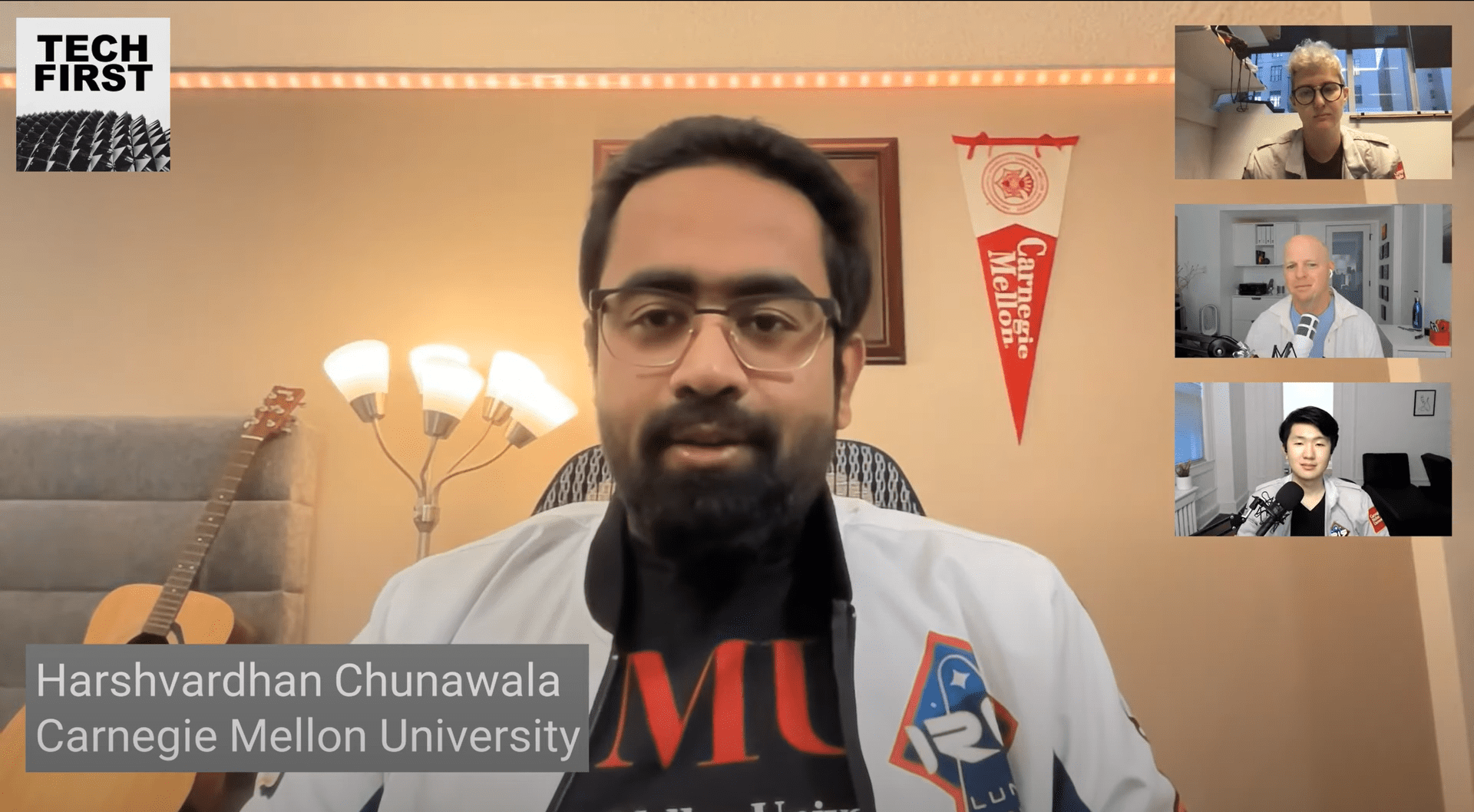Generally, when a rocket explodes on the pad, fails to achieve escape velocity, or otherwise does not complete its mission, it’s a failure. That’s not entirely true, however, for the world’s first nano lunar rover, even though it did not successfully reach the moon’s surface.
Early this year Iris was launched on Peregrine Mission One to explore the moon. Ultimately the mission failed, but there were still some successes.
So what can we learn from what was intended to be the first American-made lunar rover to land on the moon since 1972? Apparently plenty, according to three Carnegie Mellon students who helped build and launch it…
“Our mission was to be ultra low cost and carbon fiber being a strong material which could withstand all of the conditions that you just spoke about … that was one of our reasons to make it of carbon fiber,” says Harshvardhan Chunawala, a member of that team. “It takes off weight which ultimately reduces the overall cost of the launch.”
Interestingly, however, the team was still able to communicate with Iris, transmitting data, running commands and getting responses back while it was in a highly eccentric earth orbit.
One reason why: Iris wasn’t actually inside the lunar lander vehicle: it was bolted to the outside. That means that the team was able to verify that onboard systems were on and functioning well in hard vacuum, exposed to the solar wind as well as cosmic rays. Survival wasn’t a given, because many of the components were not radiation-hardened: they were off-the-shelf components that were cheap and available for a student-led team. Continue reading on Forbes.
